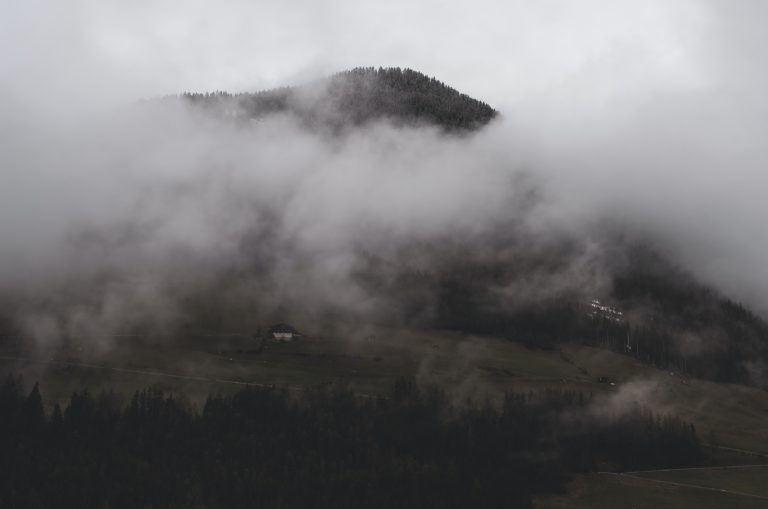So that's why they call it Devil's Peak!
Everyone that has ever been to Cape Town is well aware of its monumental slice of earth in the center of the city. Table Mountain is just like my uncle at the dinner table. Large, foreboding, and quite intimidating, however, much like my uncle at the dinner table, Table Mountain is joined by two smaller bodies like peas in a gargantuan pod.
Today we’re chatting about one of the offspring of Table Mountain, Devil’s Peak, and discussing how such a domineering name became a casual conversation point. After all, do you really know why it’s called Devil’s Peak?
Let’s Talk Details.
Coming up at a whopping 1,000 meters tall and sitting on the left of Table Mountain (according to every postcard ever) Devil’s Peak remains quite the infamous hiking spot for Capetonians.
Despite its hiking popularity, the name of the mountain does carry quite some authority. With many routes and possible trails to reach the top, the average hiker would assume they have many options. This may be correct, but it’s quite dangerous given the right circumstances. With rain and mist being prevalent on the mountain, the trails (especially on the steeper side coming from the coast) create quite a dangerous path.
Experienced hikers along with casual enthusiasts have unfortunately succumbed to these conditions and failed to make the return home.
These events have given the mountain a sense of eeriness and continuously provokes the question, “Why is it called Devil’s Peak?”

A Smoke Off.
The titular mountain didn’t always have such a spooky name though. Originally, the mountain was known as Windberg or Charles Mountain (significantly less spooky). The name “Devil’s Peak,” only came into being during the 19th century and was translated directly from the Dutch “Duivels Kop.”
The nomenclature comes from the tale of the Dutch Man, Jan Van Hunks who had a particular addiction that would come in handy in a battle with The Devil. Allegedly, Hunks lived at the foot of the mountain and would continuously smoke his pipe. He took quite fondly to this habit and in fact, would chase his wife out of his home during the occasional pipe-smoking endeavor.
One day while smoking away on the slopes of the mountain, Van Hunks came across a stranger who shared the same habit. After a few moments of praising each other on their smoking skills, the two eventually got quite frustrated that their acquaintance thought they were the better smoker. A competition of course ensued.
Smoking away and puffing enormous clouds that would scare off any casual Courtleigh fan, the smoke eventually created a massive blanket of smoke covering the mountain. Once the smoke settled it was clear that Van Hunks’ experience got the best of the stranger who in fact revealed himself to be The Devil!
That’s it?
Quite the simple tale of male pride leading to changes in the weather but there may be a little more to it.
Many folks have their own variations of the story, with an infamous poem of the tale being released in the early 1900s, as well as a probable mispronunciation of an alternative name of the mountain possibly being that of “Duifelspiek,” or “Doves Peak,” being one of the most prominent. There is still some mystery to it, and no one really knows where this urban legend came from.
I tend to lean into the mystery side of things.
In the early 70s, three South African Air Force planes crashed directly into the mountain. The cause of which was, a low-hanging fog covering Devil’s Peak. A suspicious weather incident or Hunk engaging in his habit?
We’ll leave that up to you.



